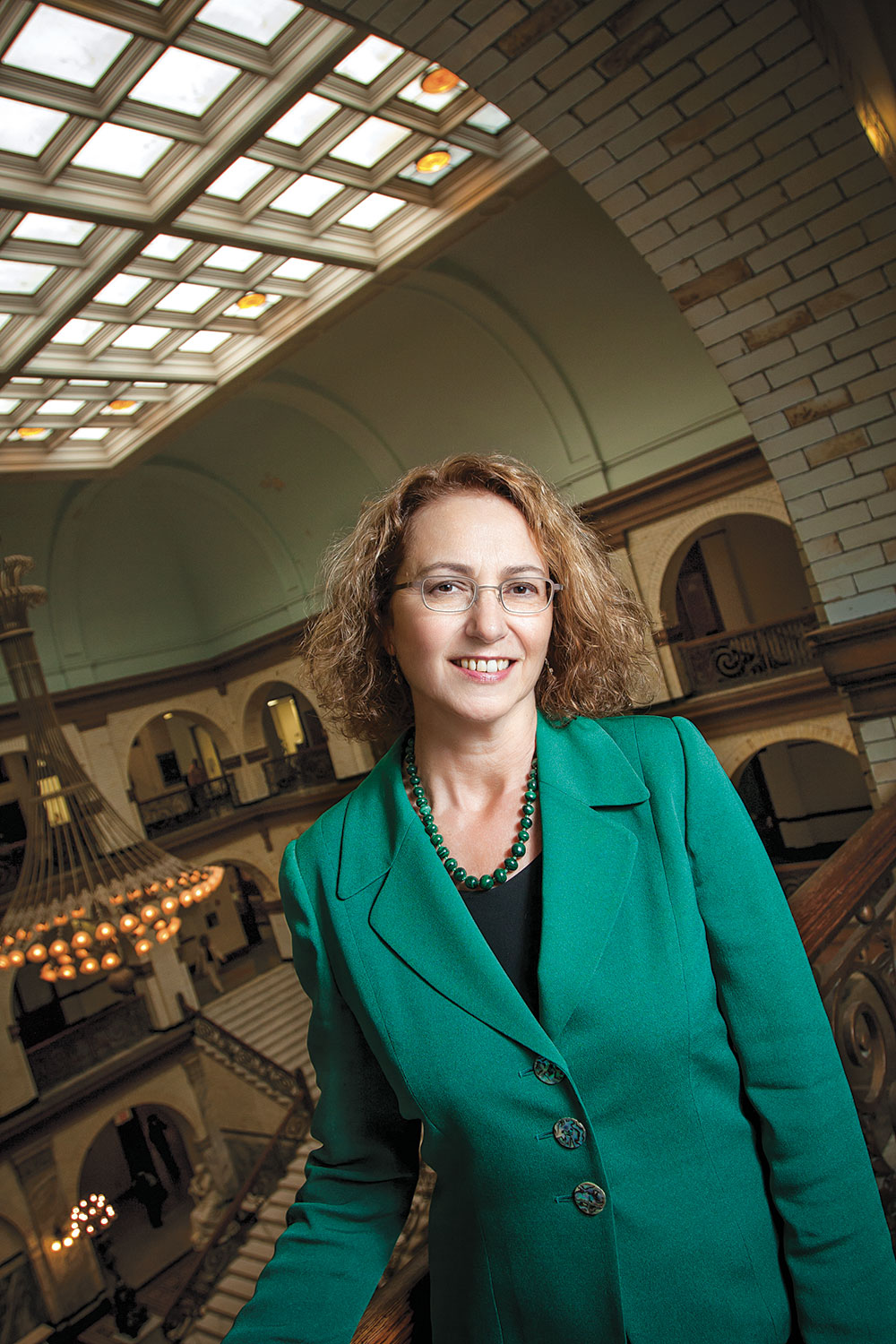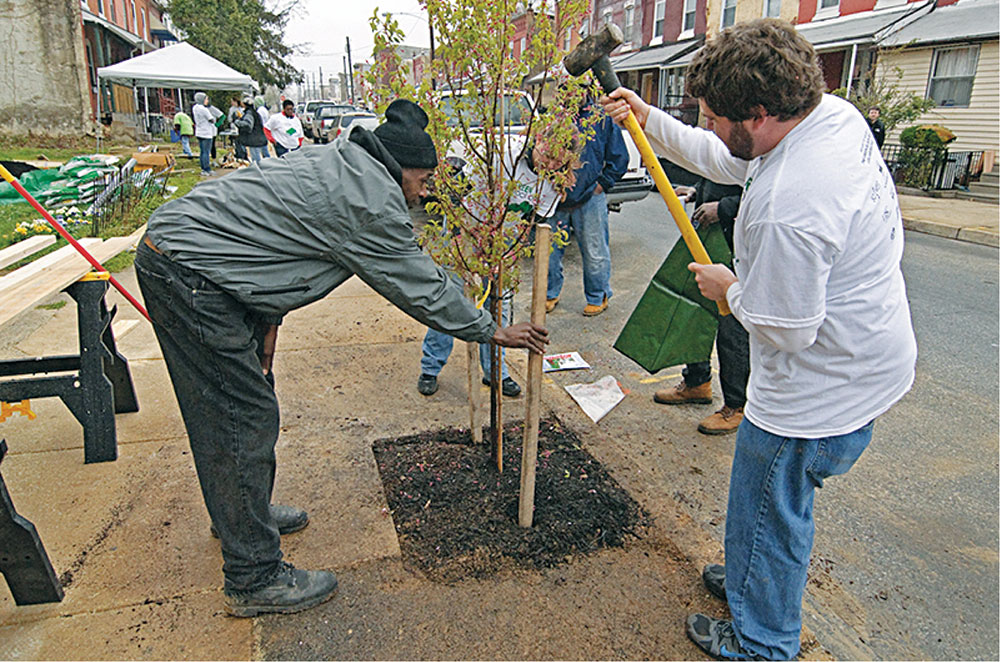When the White House named an area of West Philadelphia adjacent to Drexel’s University City Campus as one of the nation’s first five Promise Zones earlier this year, it provided some hope for a cluster of neighborhoods that has struggled with poverty.
Areas earning the designation become the focus of efforts to create jobs, attract capital, improve educational opportunities and reduce violent crime. Drexel assisted in the application to get the designation and will play a key role in the area’s revitalization.
But because the program is so new, the announcement raised a lot of questions.
What does being a Promise Zone mean for the area? Why and how is Drexel a part of the designation? Drexel Magazine spoke to Lucy Kerman, vice provost for University and Community Partnerships, for the answers to those questions and more.
Q: First of all, what is a Promise Zone?
It’s a way that the federal government has aligned the federal agencies to work on addressing poverty. The Promise Zone carries no funding with it, but the federal agencies can provide assistance in the future. Zones will get special consideration for grant opportunities coming down the pike, and we are starting to see some of these opportunities. And there’s the possibility that, if Congress passes associated legislation, there could be tax credits tied to local hiring and certain capital investments in the zones.
The work is focused on an area of West Philadelphia that includes the neighborhoods of Mantua and West Powelton, as well as Powelton Village and Belmont.
The area has a poverty rate of about 51 percent, and some portions are more than 80 percent. But it also has the potential for enormous investment.
Q: What is Drexel’s role?
Drexel assisted with the proposal, and the application required plans in four areas: education, public safety, housing and economic opportunity. We have working groups associated with each of those areas, and a fifth group focusing on health and wellness. We’re leading the education group, along with the School District of Philadelphia, and there are faculty and professional staff on all of the committees. And we’re really interested in lending the expertise of our faculty, as well as our institutional energy, to ensuring the success of the Promise Zone. It’s a 10-year designation, so we’ve got a long way to go.
The community is hard at work addressing its challenges and problems, and being able to combine residents with our faculty to find science-based, successful solutions is one of the best ways that a university can partner with the community.
Q: What could this mean for these neighborhoods, and for Drexel?
It’s clearly in our best interest to be in a neighborhood that is strong and safe. It is a place where students live, and where many of our faculty and staff are beginning to live.
We want to see a safer neighborhood for everybody. We want to see a neighborhood with better schools so children have better educational options. We want to see a neighborhood with lively retail, so that you can go out to eat and get your dry cleaning done in your neighborhood, and your neighbors will be working in those stores. We would like to see houses standing in good shape, rather than falling down and deteriorating. We would like to see a livable, walkable neighborhood, with green spaces where people can walk around and be safe.
It’s critically important to us that these changes support existing residents, and that we do not solve the problems of crime and poverty by simply moving people out. It’s our commitment to be partners with long-time neighbors in supporting this neighborhood, so they can benefit from a safer, greener, more livable community.




